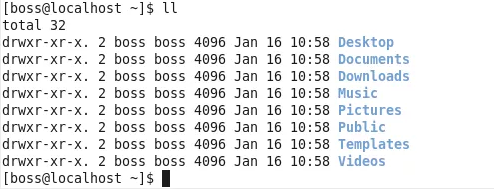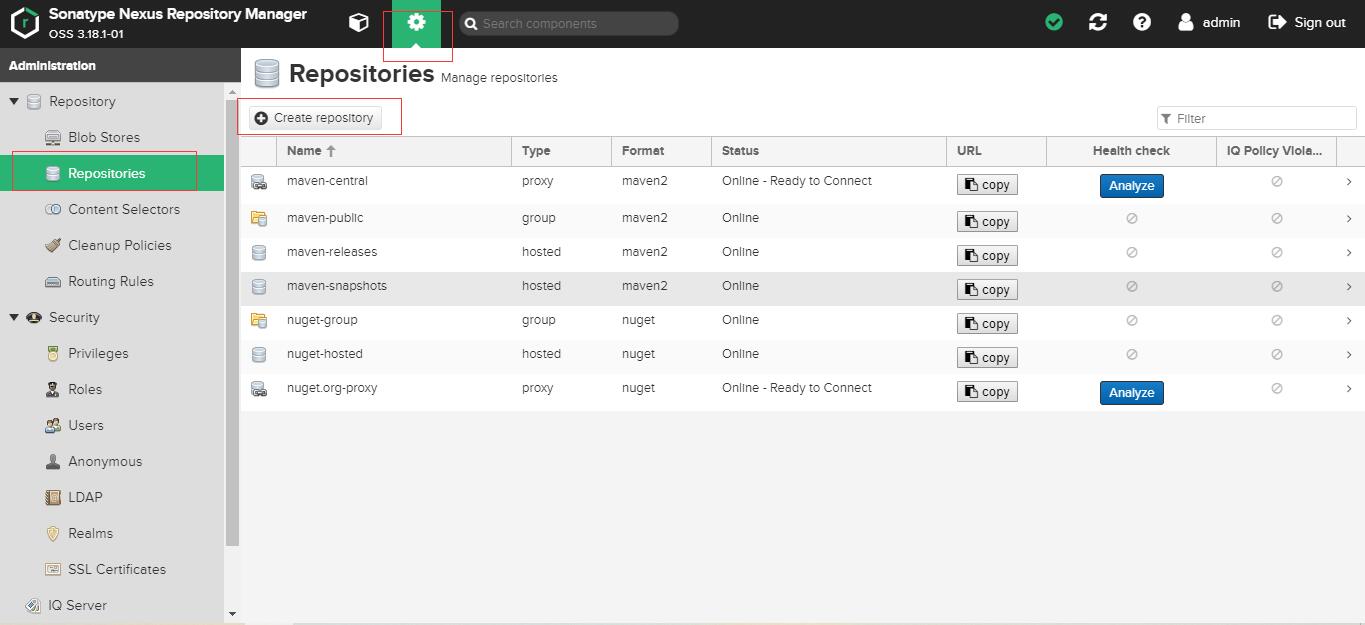I've a question about KConfig usage. I'm able to write and read settings in my .kde4/share/config/_appname_rc configuration file like that
KConfig basicconf;
KConfigGroup conf = KConfigGroup(basicconf.group("Settings"));
conf.writeEntry("filepath",QString("/path/"));
basicconf.sync();
But I don't understand how to use a "default" configuration file to read at first time i run my application, or in case if application settings needs reset.
I prefer do not use KConfig XT because my project is tiny and KConfigXT with kcfgc* files seems excessive.
Thank you in advance
First, this:
KConfigGroup conf = KConfigGroup(basicconf.group("Settings"));
can be written more clearly, at least imho, as:
KConfigGroup conf(&basicconf, "Settings");
Also note that "General" is the most common "generic" group name used. Anyways...
You can install a default config file with your application; install it to $PREFIX/share/config/, which is easily achieved with this in your CMakeLists.txt file:
install(FILES <your config file> DESTINATION ${CONFIG_INSTALL_DIR})
KConfig handles all the magic of merging from there; you don't have to do a thing.
As for KConfigXT being overkill, there are many benefits to using it, including automating your config dialogs, ensuring bounds and legal values are enforced, etc. Writing a small file, popping an entry in the CMakeLists.txt file is usually much less work than doing what it gives you for free by hand. There's a great tutorial on TechBase on this.
Use KGlobal::config() to get a pointer to the default KConfig object owned by your app. It automagically refers to the file in $KDEHOME/share/config.
KConfig XT can make sense because
- the API of the generated YourSettings object is specific to your application; it's a bit easier to understand the meaning of YourSettings::setFilePath(path) than conf.writeEntry("filepath", path);
- Your app may grow; it's easier to start with KConfig XT than rip and replace it later.
- Defaults are specified in the via the .kcfg XML rather than hardcoded in a few places of your app, and you have a setDefault() method to reset all values.





